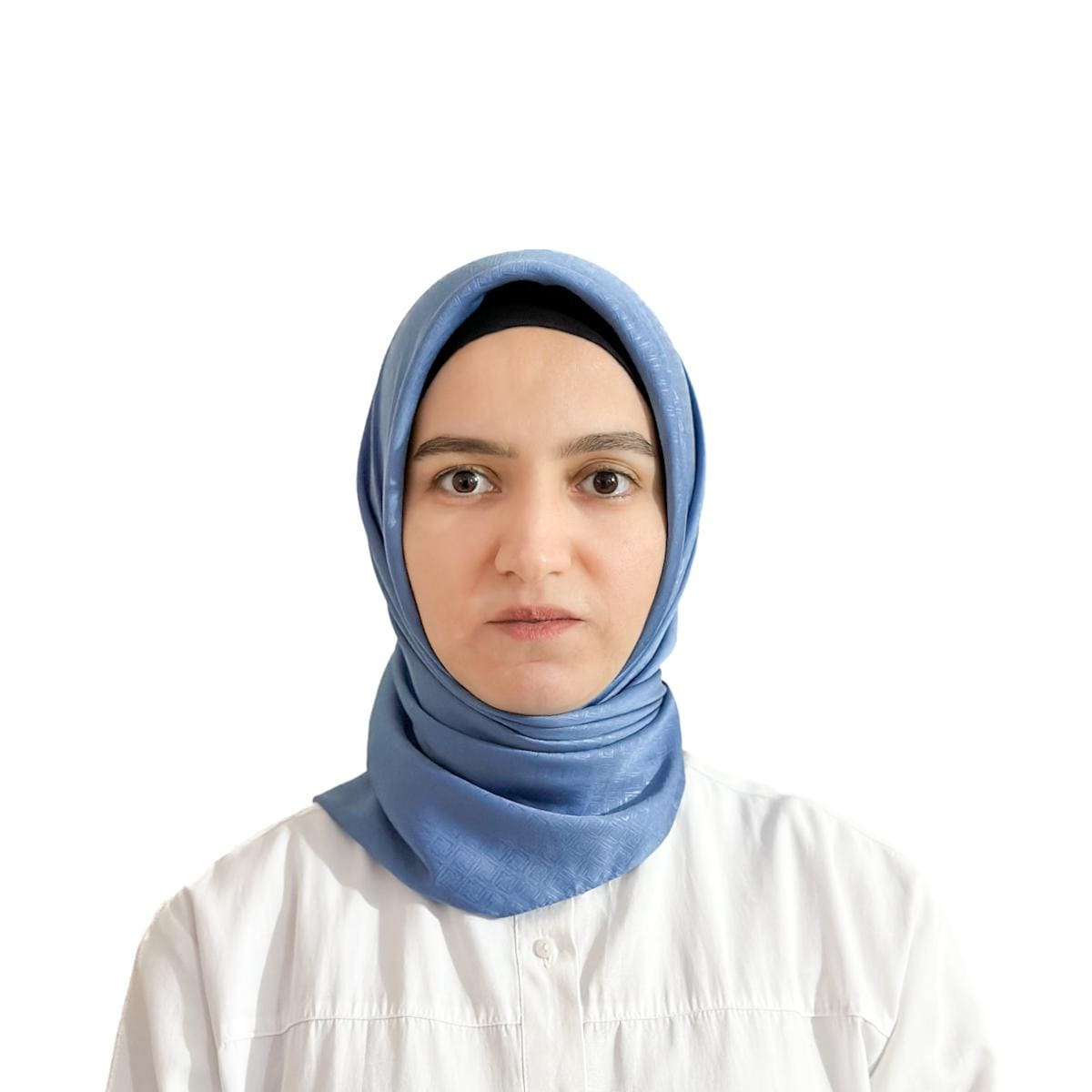
Pinar Salahaldin Hussein
Research InterestsSteel structure
Analysis and design of steel and concrete structures
Civil engineering software
| Gender | FEMALE |
|---|---|
| Place of Work | Kirkuk Technical Institute |
| Position | Head of Building and Construction Branch |
| Qualification | Master |
| Speciality | Steel Structure |
| pinar-salahaldin@ntu.edu.iq | |
| Phone | 07708828749 |
| Address | Kirkuk/ wasiti- North Gas Company Complex, ., Kirkuk, Iraq |
I have a bachelor's degree in civil engineering from Kirkuk University, and a master's degree specializing in steel structures from Selçuk University, I have possesses expertise in analysis and design programs like Autocade,SAP2000, Staad Pro and Ram connection and Microsoft Office tools. I Proficient in English and Turkish, previously worked at a steel company and currently work as an assistant lecturer and head of the building and construction branch in the technical civil engineering department at Kirkuk Technical Institute.
Languages
English (80%)
Turkish (95%)
Arabic (99%)
Skills
proficient in Turkish language (95%)
proficient in English language (80%)
proficient in Sap2000 program (85%)
proficient in Staad Pro. program (80%)
proficient in Autocade Program (80%)
proficient Word Microsoft office program (95%)
proficient in Excel Microsoft office program (95%)
proficient in PowerPoint Microsoft office programs (95%)
Academic Qualification
Master in civil engineering
Sep 30, 2013 - Jan 6, 2016Master in civil engineering specialist in steel structure
Publications
An Investigation of Base Plate Connections of a Steel Industrial Building Having Different Column Cross-Sections
May 16, 2019Journal Natural and Engineering Sciences
DOI 10.28978/nesciences.567052
Volume 4- No:2
In this study, steel column base plate connections of a steel industrial building that are one of the most important connection regions were studied. Two dimensional static analysis of a steel industrial building was performed and exposed column base plate dimensions were determined according to American Institute of Steel Construction Code-LRFD (Load and Resistance Factor Design) method. The effects of selected steel column cross section types on the behaviour of column base plate connections were investigated by using RFEM finite element analysis program. For this purpose, finite element analysis of three types of column base plate connection models were performed and evaluated comparatively. From results, the best value for top column lateral displacement was obtained in W column section-base plate connection and the best behaviour for Von Mises stresses values was obtained in square hollow section column. The undesired behaviour was determined in circular hollow section column-base plate connection type.
Designing the Column Base Plate of a Steel Industrial Building according to AISCLRFD Method
Jun 7, 2019Journal International Journal of Natural and Engineering Sciences
Issue Vol. 9 No. 2 (2015): 2015-2
Base plates used in steel column-concrete block connections as one of the most important elements in steel structures can influence thetotal behaviour of structures. Behaviour of base plates as one of the connections that are used in buildings, has its own complexity. Theexistence of different materials such as steel and concrete, interaction between materials, existence of axial force, shear and moment are themost important problems in analysing these connections. In this study, column-base plate connection design procedure of a steel industrialbuilding according to the AISC Base Plate and Anchor Rod Design Guide 1-LRFD method was studied, the column base plate designprocedure was explained for different five load cases. In this study, two dimensional analysis for an industrial building that supports was actas fixed was done in SAP2000 program, then the support reactions that taken from analysis results were used to evaluate column base platedimensions according to AISC-LRFD procedure and details of column base plate connection was checked in ASDIP-steel program accordingto AISC-LRFD. As results, the chosen base plate and footing dimensions and anchor bolts were adequate for the design criteria.



